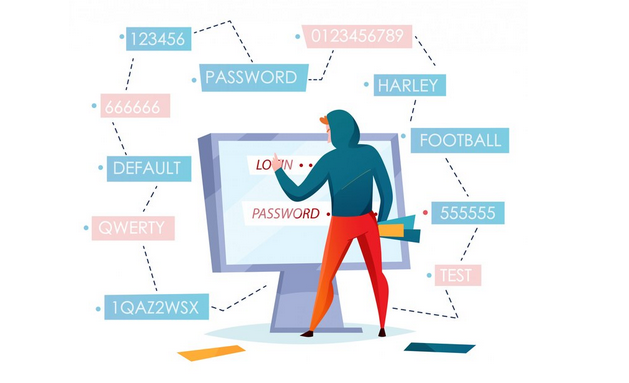Plagiarism in academic settings is a serious offense that undermines the values of honesty, originality, and intellectual integrity. With the increasing accessibility of information on the internet, the temptation to engage in academic dishonesty has also risen. In response to this challenge, plagiarism checkers have emerged as valuable tools to detect and deter plagiarism. This article delves into the effectiveness of plagiarism checkers in combating academic dishonesty and explores the various factors that contribute to their success or limitations.
Definition and Importance of Plagiarism
Plagiarism is the act of using someone else’s work, ideas, or words without proper attribution. It is a form of intellectual theft that violates the principles of academic integrity. Academic institutions place a high value on originality and honesty in scholarly work, as plagiarism undermines the credibility of research and scholarship.
Types of Plagiarism Checkers
Plagiarism checkers come in various forms, including manual plagiarism checkers, automated plagiarism detection software, and online plagiarism detection tools. Manual plagiarism checkers involve a human reviewer who compares the submitted work with existing sources to identify instances of plagiarism. Automated plagiarism checkers use algorithms to scan documents for similarities with online sources, while online plagiarism detection tools access vast databases to flag potential instances of plagiarism.
Effectiveness of Plagiarism Checkers
The effectiveness of plagiarism checkers in combating academic dishonesty is contingent on several factors. These include the detection rate of the tool in identifying plagiarism, its ability to detect both direct copying and paraphrasing, and the presence of false positives and false negatives. While plagiarism checkers have improved over time, they are not foolproof and may miss certain forms of plagiarism.
Detection Rate and Accuracy
Plagiarism checkers vary in their ability to accurately detect instances of plagiarism. Some tools excel at identifying direct copying of text, while others are better at detecting paraphrased content. The accuracy of a plagiarism checker is crucial in ensuring that instances of academic dishonesty are not overlooked or falsely flagged.
False Positives and False Negatives
False positives occur when a plagiarism checker incorrectly identifies original content as plagiarized, leading to unnecessary accusations of academic dishonesty. False negatives, on the other hand, occur when the tool fails to detect instances of plagiarism, allowing plagiarized content to go undetected. Balancing the detection of plagiarism with minimizing false positives and false negatives is essential for the effectiveness of plagiarism checkers.
Comparison of Different Plagiarism Checkers
When it comes to comparing the different plagiarism checkers available, internet users can explore the best AI checker websites to assess their features and capabilities. Popular options include Turnitin, Copyscape, and Grammarly, each offering unique tools for detecting plagiarism effectively. By evaluating these AI checker websites, users can choose the most suitable tool for their academic needs.
Impact on Academic Dishonesty
Plagiarism checkers have a significant impact on reducing instances of academic dishonesty and promoting a culture of academic integrity. The deterrence effect of plagiarism checkers serves as a warning to students about the consequences of plagiarism, leading to changes in their behavior and a decrease in the prevalence of plagiarism. Case studies have shown positive outcomes in academic institutions that have implemented plagiarism checkers as part of their academic integrity policies.
Limitations of Plagiarism Checkers
Despite their effectiveness, plagiarism checkers have certain limitations that warrant consideration. These include their inability to detect all forms of plagiarism, limited access to databases and sources, and vulnerabilities to manipulation by students. Understanding the limitations of plagiarism checkers is essential for mitigating their shortcomings and maximizing their benefits in combating academic dishonesty.
Strategies for Improving Plagiarism Checkers
To enhance the effectiveness of plagiarism checkers in combating academic dishonesty, there are several strategies that can be employed. These include developing enhanced algorithms for detecting plagiarism, integrating plagiarism checkers with academic integrity education programs, and collaborating with academic institutions for feedback and improvement. By continuously improving plagiarism detection technology, institutions can stay ahead of evolving forms of academic dishonesty.
Conclusion
In conclusion, plagiarism checkers play a crucial role in upholding academic integrity and combating academic dishonesty. While no tool is perfect, plagiarism checkers have proven effective in detecting and deterring plagiarism in academic settings. By understanding the strengths and limitations of plagiarism checkers, academic institutions can implement strategies to improve their efficacy and promote a culture of honesty and originality in scholarship. It is imperative that educators and students alike recognize the importance of academic integrity and take proactive steps to uphold ethical standards in their scholarly pursuits.

